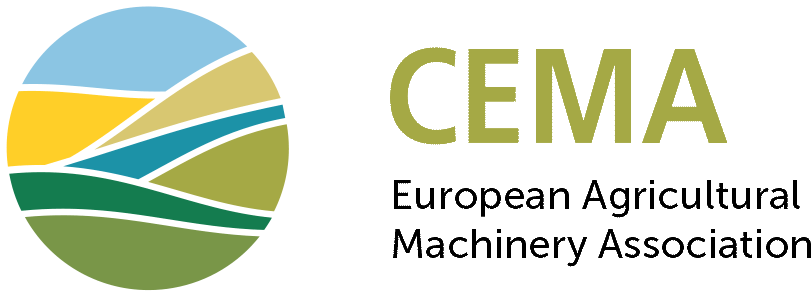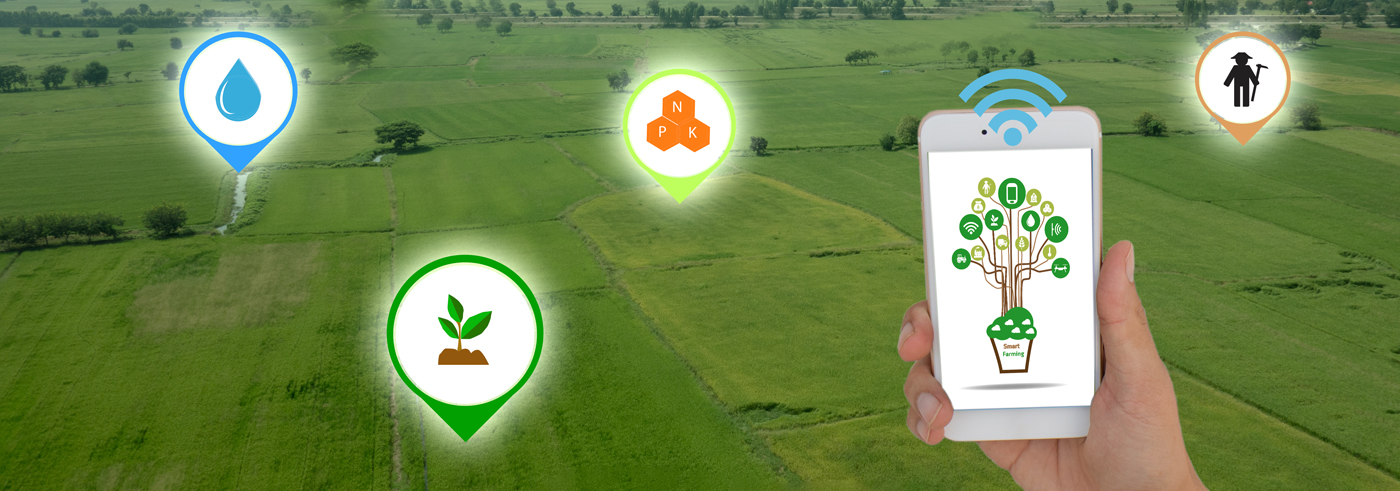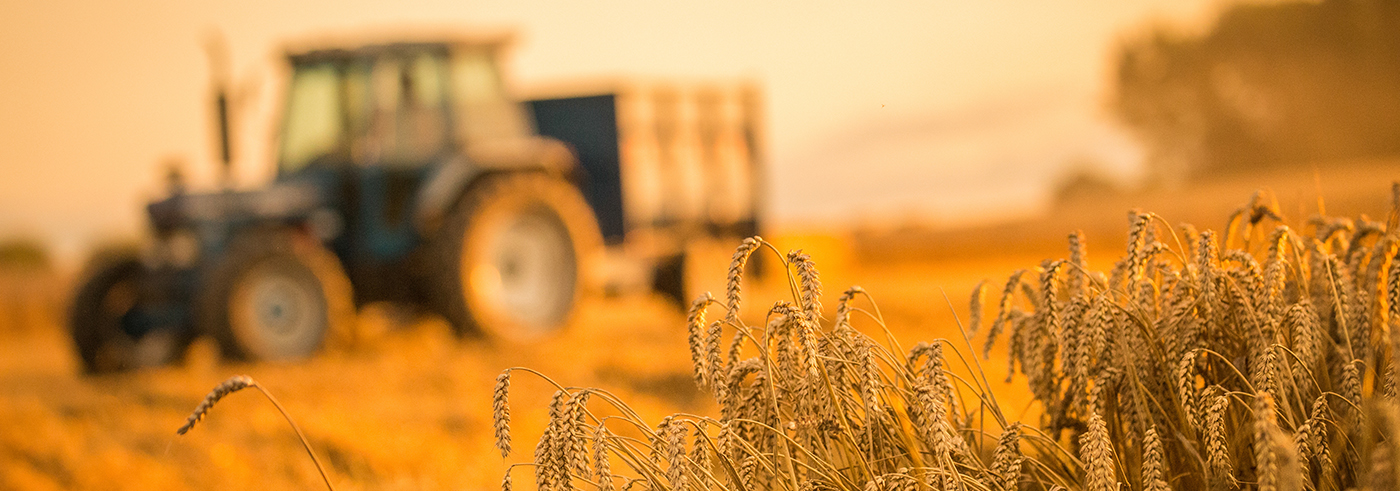On 7th April 2022, the Agriculture and Fisheries Council adopted conclusions on the European Commission’s communication on sustainable carbon cycles in the agriculture and forestry sectors.
The Commission’s proposal sets out an action plan for developing sustainable solutions to increase carbon removals. It aims to encourage agricultural practices that help to capture carbon from the atmosphere and store it in soil or biomass in a sustainable way. These practices may include, on the farming side, planting hedges or trees, growing legumes, using catch crops and cover crops, practising conservation agriculture and maintaining peatlands, and on the forestry side, afforestation and reforestation.
In its conclusions, the Council highlighted that the objective of sustainable food production remains the primary objective of the agricultural sector. When it comes to absorbing and storing carbon through carbon pools, it recognised the importance of providing financial support that offers sufficient incentive to farmers and foresters alongside the Common Agricultural Policy, from both public and private resources, to encourage them to adopt these climate-friendly practices.
Of key importance was the fact that the Council underlined that at EU level, carbon dioxide (CO2) represents a minor proportion of GHG emissions, while methane (CH4) represents 56 % and nitrous oxide (N20) 39 % of greenhouse gas (GHG) emissions in agricultural production. Certain agricultural practices which may increase carbon sequestration can at the same time result in higher N2O emissions and therefore the conclusion promote an integrated approach to carbon farming.
When it comes to the future certificate framework for carbon removals (whose legislative proposal is expected within the year), the Council expressed the recommendation that it ensures that economic value is attached to practices that increase carbon removal and storage, based on scientifically proven measurement requirements. It should be simple and administratively lean, so to facilitate the participation by land managers, and incorporate the necessary flexibilities to take into account the specificities of Member States and their regions.
Finally, the Council supported the creation of an expert group of farming and forestry representatives to assist the Commission in taking into account existing best practices on carbon farming, as well as studying the existing international and national systems for accounting the GHG emission reductions and carbon storage in agriculture and forestry, as well as the carbon certification systems that already exist.
The conclusions can be read here.
CEMA believes that smart technology can provide further help in carbon farming to turn agricultural land back into carbon sinks, as highlighted in our recent position on the role of agricultural machinery in decarbonising agriculture.







